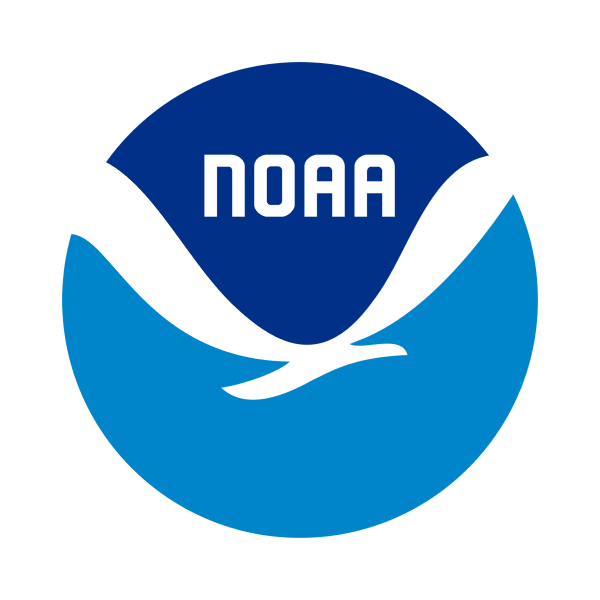The Florida Department of Environmental Protection removed derelict fishing gear and other marine debris from artificial reefs within the Charlotte Harbor Aquatic Preserves.
Type of Project: Removal
Region: Florida
Project Dates: December 2019 - April 2021
Who was involved?
The Florida Department of Environmental Protection, with the support of Fishing for Energy, a partnership between the National Fish and Wildlife Foundation, Covanta, and the NOAA Marine Debris Program, removed marine debris from four artificial reef structures within the Charlotte Harbor Aquatic Preserves estuarine system.
What was the project and why is it important?
Florida’s commercial and recreational fishing industries generate billions of dollars and support hundreds of thousands of jobs statewide. Planned artificial reefs may provide local economic benefits because they attract fish to a known location and are popular attractions for commercial and recreational fishermen, divers, and snorkelers. Unfortunately, derelict fishing gear, such as lost or discarded netting, monofilament line, stainless steel hooks, lead weights, and lures, became a problem in the preserve and within the artificial reef.
The state of Florida has an active artificial reef program and both Lee and Charlotte counties deployed artificial reefs within the Charlotte Harbor Aquatic Preserves. As part of this project, divers conducted pre-removal assessments, including photo and video documentation at four priority artificial reefs: Old Tire Reef, Charlotte Harbor Reef, Danger Reef, and Cape Haze Reef. Once assessments were complete, debris was removed from the artificial reefs and properly disposed of or recycled.
After the derelict fishing gear was removed, divers continued to monitor the four reefs after one month and again after one year, to evaluate the state of the reef habitat and to document any further accumulation of marine debris. In addition, a short video was created to highlight the effects of derelict fishing gear on artificial reefs and wildlife, and to reduce the amount of marine debris by encouraging user groups to properly dispose of fishing gear.
What were the results?
Through this project, 4,262 pounds of debris, including 257 anchors, 20 cast nests, 32 fishing poles, hundreds of feet of fishing line, thousands of feet of rope, along with hooks, lures, tackle, plastic items, and clothing, were removed from the four artificial reefs. To prevent debris from reaccumulating on the reefs, over 22,000 individuals were engaged through outreach events, news articles, social media, a GIS storymap and an educational video. During post-removal assessments, some debris was found to reaccumulate on the reefs after one year, indicating the use of these reefs as popular fishing locations and the need for continued removal efforts.
 An official website of the United States government.
An official website of the United States government. 

